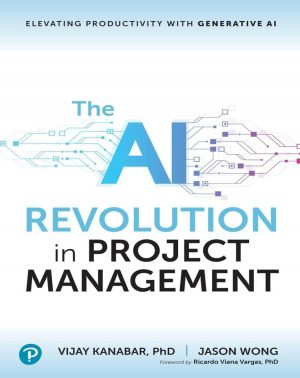PROVEN STRATEGIES FOR SUCCESSFULLY MANAGING HIGH-TECH ENGINEERING PROJECTS
Engineering Project Management for the Global High-Technology Industry describes how to effectively implement a wide array of project management tools and techniques and covers comprehensive details on the entire product development lifecycle. Technology management–from research to advanced development to adoption of new products–is explained with examples of organizational structure and required timelines.
This practical guide discusses key topics such as creating a business plan, performing economic analysis, leveraging internal resources and the supply chain, planning project development, controlling projects, tracking progress, managing risk, and reporting to management. Skills essential to the successful project manager, including communication, leadership, and teamwork, are also addressed. Real-world case studies from top global technology companies illustrate the concepts presented in the book.
COVERAGE INCLUDES:
- Project lifecycle and development of engineering project management tools and techniques
- Product stages and project management structures for developing them
- Project inception: benchmarking, IP, and voice of the customer (VoC)
- VoC case study
- Project justification and engineering economic analysis
- Make or buy: subcontracting and managing the supply chain
- Engineering project planning and execution
- Project phases, control, risk analysis, and team leadership
- Project monitoring and control case study
- Engineering project communications
- Engineering project and product costing
- Building and managing teams












Subject matter including make/buys decisions and the team offs associated; conducting voice of customer to ensure that projects can be monetized and that attributes differentiate; understanding return on investment economics; recognizing that timelines and timliness is a critical element to all engineering projects; and an added focus on the importance of collaboration an d leading successful teams; all of this critical real world subjects are covered int his dynamic , in depth and comprehensive book. Well done Sammy!
The book is well organized, and the topics are grouped in clear logical categories. The book begins with the historical perspective detailing the changes and developments that have happened over the last 40 years. With this background the author begins to explore and explain the individual tools. This structure is helpful in the initial reading and is critical when used as reference book. Thus it can be readily used as a “how to book”, and covers all topics from project initiation through completion are covered.
In addition there is a good use of case studies which not only show the implementation of the tools and also show the comprehensive nature of the project and the project manager’s role.
Key helpful points are:
1. A strong Bibliography provides additional reference material.
2. Full list and explanation of Project tools (management and engineering)
3. Clear and concise review of relevant financial models
4. Team dynamics
a. Organization and team make up
b. Conflict resolution
c. Communication
d. Building and managing teams
5. The reality of working with and partnering with subcontractors
6. Global product development
7. Risk identification and mitigation
8. Strong emphasis on application and the reality of the work place
a. Case studies
b. Real world problems
9. Identifying the “land mines”
10. Resource Planning and Process Mapping
11. Latest tools and techniques
While it is difficult to identify anything that the author has missed, the details needed for a novice to execute the techniques are missing. This is clearly a factor of the books length (400+ pages). Yet there are strong bibliographies to point the reader to supplemental resources.
The author presents and explains the project management fundamentals and covers the full scope of challenges facing the PM. Overall a solid, up to date educational and reference resource.